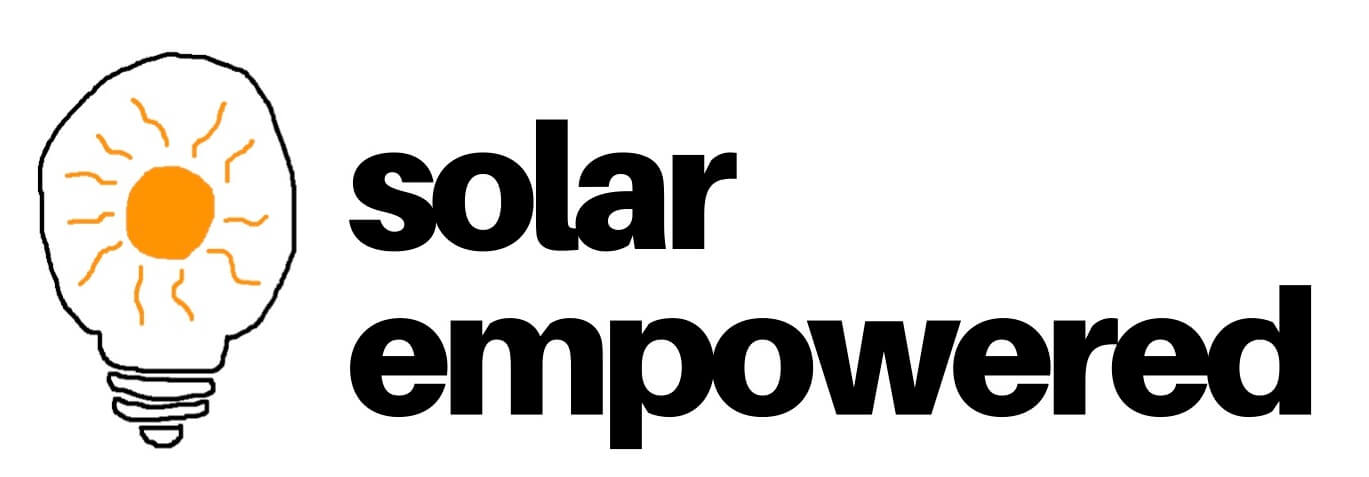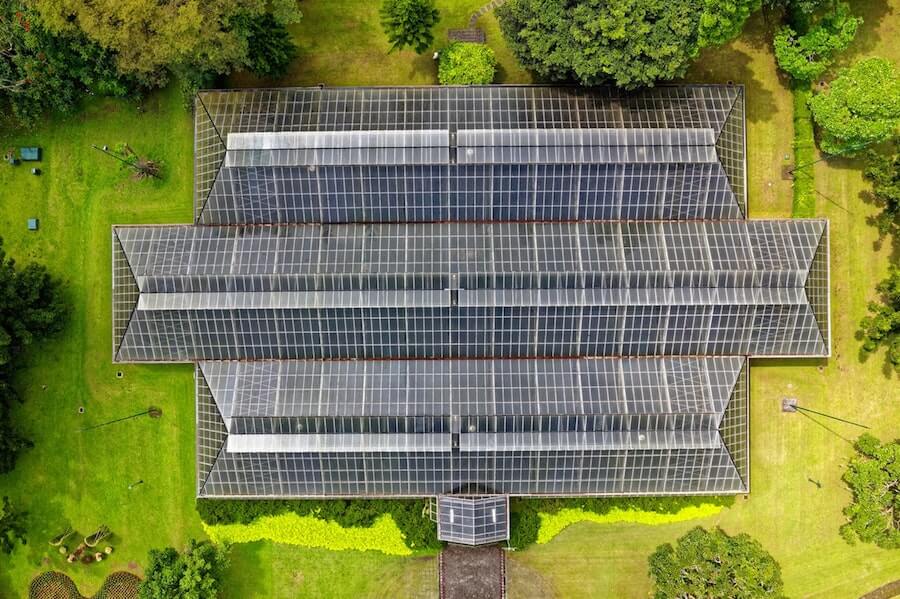Solar energy is the most abundant energy resource on earth, with about 885 million terawatt hours (TWh) reaching the surface of the planet every year, according to the International Energy Agency. The cost of solar is dropping across Australia and we have the highest average solar radiation per square metre of any continent in the world.
At this point, it seems fairly clear that residential solar power is here to stay in Australia. Close to 2 million homes already have a solar PV system, and there is now more than one panel installed per human being in the country. Virtually all industry analysts and investment houses – both within and outside Australia – are predicting that solar (and battery storage) is the future.
The increase in energy prices after June 2012 of around 14% for household electricity and 13% for household gas is associated with the implementation of a carbon price from July 2013. The pattern of energy price increases over the 10 years to June 2013 has differed across states and territories. In real terms, the rate of increase for electricity has been 30% in Perth, 41% in Adelaide, 73% in Brisbane and 107% in Sydney. For those cities connected to natural gas networks, household gas price increases over the 10 years to June 2013 have ranged from 40% in Sydney to 78% in Perth.
Electricity prices will keep on rising over the next few years. An entry-level 1.5kW system on a north facing roof could save you hundreds of dollars a year. A 5kW system can save you thousands. With the right solar panel solution you can more than meet your own electricity needs. When coupled with credits for any surplus electricity you generate, you can actually eliminate your power bill thanks to solar energy.
Renewable Energy Target Scheme and The Solar Tax Credit
Under the federal government’s Renewable Energy Target scheme, households and businesses installing systems up to 100kW are eligible to receive what is in effect an up front ‘discount’ off the cost of installing a system, this is called the Solar Tax Credit. The credit, also known as the investment tax credit (ITC), allows you to deduct 30 percent of the cost of installing a solar energy system from your federal taxes. The ITC applies to both residential and commercial systems, and there is no cap on its value.
The exact amount of this discount depends on a number of factors (including the system location, system size and certificate price), but the beauty of the program is that you don’t have to claim the incentive for yourself – it is passed through to you by the company that sells you your system, so all you have to do is compare prices.
Here are the specifics:
- 2016 – 2019: The tax credit remains at 30 percent of the cost of the system. This means that in 2017, you can still get a major discounted price for your solar panel system.
- 2021: Owners of new residential and commercial solar can deduct 22 percent of the cost of the system from their taxes.
- 2022 onwards: Owners of new commercial solar energy systems can deduct 10 percent of the cost of the system from their taxes. There is no federal credit for residential solar energy systems.
Additionally, in previous years, owners of new solar energy systems could not claim the tax credit unless their system was operational. Now, the legislation allows them to claim it as soon as the construction of the system is complete, as long as it is operational by December 31, 2023.
As long as you own your solar energy system, you are eligible for the solar tax credit. Even if you don’t have enough tax liability to claim the entire credit in one year, you can “roll over” the remaining credits into future years for as long as the tax credit is in effect. However, remember that if you sign a lease or PPA with a solar installer, you are not the owner of the system, and thus you cannot receive the tax credit.
There are two primary solar incentives available for Australian solar buyers: Feed-in tariffs and Small-scale Technology Certificates (STCs). These schemes help reduce the cost of solar and make it easier to get a return on your investment.
Feed In Tarriffs
Solar panels will often produce more electricity than what you can use. When this happens, the excess power generated by your panels goes to the shared electricity grid. In exchange, customers receive a ‘feed-in tariff’ – a small rebate of a few cents per kWh of electricity exported. Alternatively, customers with a solar battery can store the excess solar power to use for themselves later on. Since electricity usage rates are generally much higher than solar feed-in tariffs, customers will save more by storing and using the solar power themselves, rather than exporting it.
You only receive the feed-in tariff rate for energy that is sent back to the grid. Energy that you use onsite at your home is directly offset from your power bill. This means that you get a discount on your power bill off the full retail rate for any power that you generate and use in your home.
The solar feed-in tariff for new installations changes from year to year and depends on when your system was installed. Current rates are available from;
Small-scale Technology Certificates (STCs)
The current rebate system offered by the government is called a small-scale technology certificate (STC). Depending on the size of the system, a homeowner can sell these certificates to recoup some of the cost involved in purchasing and installing a solar system. As a general guide, one small-scale certificate is awarded for every megawatt hour produced. When a solar system is installed, a calculation can be done to confirm how many STC’s will be created over the life of your solar system, which is effectively a measure of the renewable energy generation from your system.
Because it can be a confusing thing to determine, the Clean Energy Regulator provides an online calculator for homeowners to calculate the number of small-scale technology certificates they are entitled.
It is important to remember that STCs, to be considered valid, must be created within 12 months of your system installation.
In places where low system installation prices collide with high electricity prices, solar makes spectacularly good sense without much effort. But even in cities with higher average system prices put payback periods over 7 years in our examples, it doesn’t take much to improve the financial case. We recommend shopping around for the best deal possible and ensure that you can use as much of the solar energy that your system will produce.

